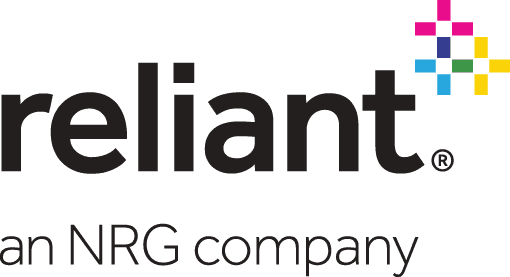Layoffs & Furloughs: What Employers Need to Know
Published Apr 22, 2020 by Javier Vargas
A survey conducted by the Partnership in late March distributed to 850 small-to-medium sized member companies showed businesses across out region are hurting. Forty-one percent of those surveyed said they could only survive a shutdown or slowdown for one to four weeks, and thirty-four percent had already reduced employee headcount.
As we approach the four-week mark of the stay-home orders in the region, Partnership Vice President of Regional Economic Development Bethany Miller moderated a conversation with representatives from Workforce Solutions and the Houston-Galveston Area Workforce Board on important resources available to employers facing significant workforce-related disruptions due to the COVID-19 pandemic.
Watch the presentation via the link to the right. Here are a few highlights:
- Texas Workforce Commission (TWC) developed the Shared Work program to help Texas employers and employees withstand a slowdown in business by providing an alternative to layoffs. The program allows employers to supplement a loss of employee wages due to reduced work hours with partial unemployment benefits. To qualify, normal weekly hours must be affected by at least 10 percent but not more than 40 percent; this reduction must affect at least 10 percent of employees in that unit.
- If the Shared Work Program is not an option and employers find themselves in need of closing operations or issuing mass layoffs, they are encouraged to file a Worker Adjustment and Retraining Notification (WARN). Filing a Notice assures that assistance can be provided to employees, families, and communities through the state’s Rapid Response Dislocated Worker Unit. When a WARN is received, Workforce Solutions can provide onsite information to employers and employees about employment and retraining services. Qualifying businesses include those with 100 or more full time employees with layoffs of 50 employees at a single site of employment which are non-profit businesses, private non-profit organizations, and quasi-public entities.
- By filing a WARN, employers allow their employees ample time to transition, pursue retraining and make smart financial decisions. Particularly important during the current economic environment, it communicates concern and goodwill to employees, reduces unemployment claims, and triggers the much-needed Rapid Response services from the local Workforce Solutions offices.
- Workforce Solutions can provide immediate on-site services to assist workers facing job losses and Rapid Response services are tailored to each company, based on the needs of the affected employees.
Visit the Partnership's Greater Houston Business Recovery Center (GHBRC) page for updates, guidance for employers and workforce related resources.
 The Houston Report
The Houston Report


















